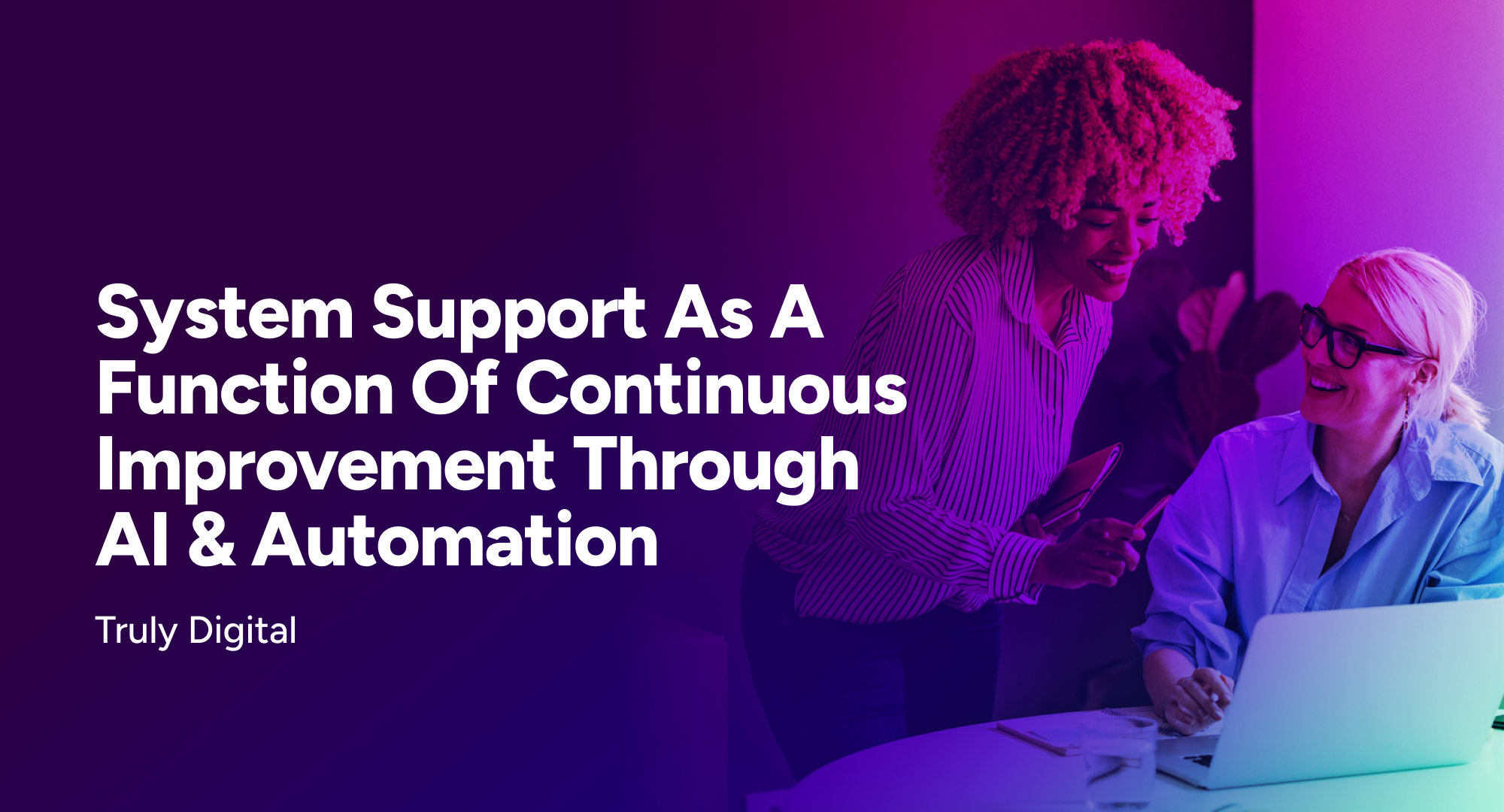So, you’ve found an IT services offshoring partner which marries up with your expectations and ticks your boxes! Great, good job. The next part is about starting to work together and ensuring what has been promised during the ‘courting’ stage can be delivered and to the expected quality – this is where the real work starts.
It’s important, before you start any work, that you look to set up the right commercial agreement. The most forward-thinking companies, and those winning in the world of outsourcing, are setting up agreements which prioritise value over price. It’s important to be mindful of cost traps with time and material contracts versus fixed cost agreements. It’s important to set up the right agreement for you. We’d recommend you invest considerable thinking around this piece. The team here at Panamoure have structured many commercial agreements in many different countries for many different projects, and we are always happy to offer our opinion!
However, in order to make this article useful in the short-term, we’ve got our top picks to ensure quality output and, of course, return on investment when you leap into the world of offshoring.
Here today, gone tomorrow
The quality of your services and output will not vanish overnight and quite often, it’s not the technicians who are to blame for any dip. Instead, it’s the poor process, management and implementation strategy. If we work with a business which is reporting a dip in quality the first thing we would do is go back to the beginning and look at the implementation strategy, channels and methods of communication.
We ask:
● Were there any requirements?
● Are they clear, accurate and complete?
● Were the expectations and outcomes listed?
● Are the right people available to answer questions and queries?
● Are the requirements still fit for purpose and relevant?
We would also look at the resource allocated to ensure it is adequate and that the right level of resource has been planned going forward. One person in India cannot do the job of a ten-person dev team in the UK. Collaboration is key and it’s important there’s a free flow of knowledge and information sharing taking place across teams.
Great expectations
As a business you need to be realistic about what you can expect and within what timeframe. If you are the person responsible for the management of this offshore project it’s important that you are setting realistic milestones and that these are communicated with your colleagues, peers and investors; quite often the most challenging part is managing internal expectations. And likewise, it’s vital the offshore team fully understand what is expected, what is needed and by when. Sell them your vision and don’t be afraid to tell them your aspirations for this team. Involve them in your targets and KPIs; they are more likely to work hard to achieve something they have helped to shape.
Your vision should be scoped out and communicated before any work starts and it’s useful to keep referring back to this scoping document / plan to ensure the knowledge and experience of the offshore team match this. There will be times you need to rethink and reshape something in order to meet the end goal.
It’s also worth noting that your new team are people. And we all take time to settle into new roles, new working practices and working with new people. Therefore, don’t expect to see a huge difference immediately. They need time to learn too!
Open lines of communication
Video calls have done so much to help remove the barriers of geography and have brought us all closer together. Most of us think nothing of sitting on six (or more) calls a day and chatting to associates and colleagues from across the world. Your offshore development team is no different. Involve them as much as possible in your meetings. Look to keep lines of communication open and invest in building strong and meaningful relationships. These stronger relationships will go a long way if you do experience any issues.
Offshoring isn’t a quick fix and it’s not going to solve any production issues overnight. But if you trust in the process and follow the right steps it can dramatically improve your business and output.
Any Service Level Agreements (SLAs) that you draw up with your offshore partner must include KPI’s that measure quality on a regular basis. If for whatever reason quality is not where it should be then the SLA should trigger any positive remedial change that is necessary.
Visit our website to learn more about our Offshore Delivery Services or drop us a line if you’d like to chat through how a successful offshoring initiative can be turned into reality.







